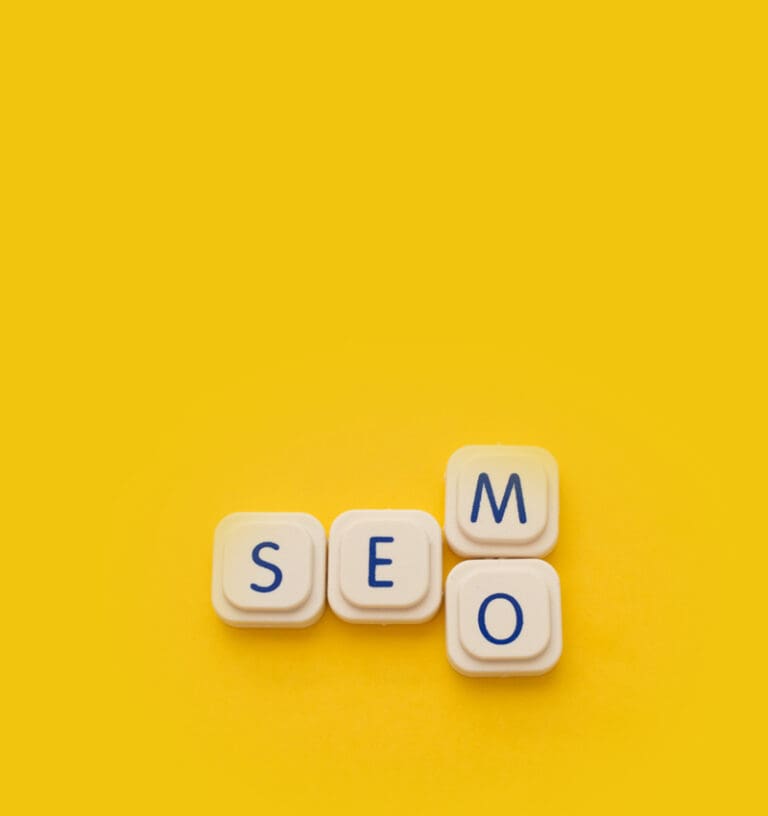Page Experience & strategy
Not every site is built with content strategy in mind — but almost every business wants better performance from their content.
The value of content should not and, rarely is underestimated – it is visible and tangible and by nature one would hope is clearly understood. The latter, bizarrely rarely true, most often due to logic and structure or the failure of the company to understand their client or user.
Two Common Scenarios
Walk through two very real client scenarios. Both required careful strategic thinking — but each called for a different approach. The complication with implementing new page experiences are extensive and often raise branding and seo performance challenges.
The Overgrown,
Overcomplicated Site
A client came to me with a large site that had grown organically over years — resulting in dozens of bloated product pages, thin or duplicated content, and unclear navigation. Internal teams had added pages ad hoc, and the result was structural chaos.
The Strategic Problem
The existing architecture made it almost impossible to deliver a clean content experience. The SEO was very ‘old school’ with keyword stuffing and an enormous amount of duplication. Traffic volumes were misleading as the majority of this ‘performing’ content was talking to the user in the post purchase phase. The UX was confusion. And from a commercial standpoint, their most important products were buried.
My Approach
Rather than rewrite every page, I developed a strategy of containment and consolidation:
Identified key commercial keywords and topics — one or two per product
Consolidated supporting pages and internal links toward those
Recommended (and prototyped) a new page structure that allowed future cleanup
In site structures like this, you can still build a content strategy — but it’s about choosing your battles. Focus matters more than volume.

Content Without a Purchase Event
Another client had a strong informational blog and some visible pages, but they couldn’t break into high-converting commercial keywords. They wanted to rank for queries like “buy [X]” or “pricing for [Y]” — but had no actual purchase or pricing content. The reason for this is fairly common actually, an established business not ready to take the leap to an ecommerce business system.
The Strategic Problem
Without a purchase event — a product page that actively invites and enables conversion — Google simply had no reason to treat them as a commercial destination. They were informative, but not transactional.
This is where some of the reporting tools can get misleading – as updates to events and cookies don’t appear to have fully expanded into auto tool reporting – my suggestion would be to utilise GA4 reporting to support an SEO or monitoring tool.
My Approach
I guided the creation of real purchase-aligned assets:
Provided structure to unmanageable content randomly showing pricing, packages, comparison tables
Calls to action that reflected user intent
Structured data and product schema where appropriate
In modern search, intent and event must align. If you want to rank for purchase-ready terms, you have to show that you’re ready for the purchase.
Dealing with the challenges
These two examples are a reminder that strategy is never one-size-fits-all. Sometimes it’s about redesign. Sometimes it’s about content architecture. And often, it’s about knowing where to push and where to pause. You may be interested to explore content strategy content audits and analysis in context of your own site and I am able to offer a free consultation to at the very least help point you in the right direction. I am also able to deliver site audits and reports across all areas of local, content, technical and performance.
If you’re dealing with similar challenges, I help teams find the best-fit path forward — from UX content restructuring to SEO execution built on clear strategy.


